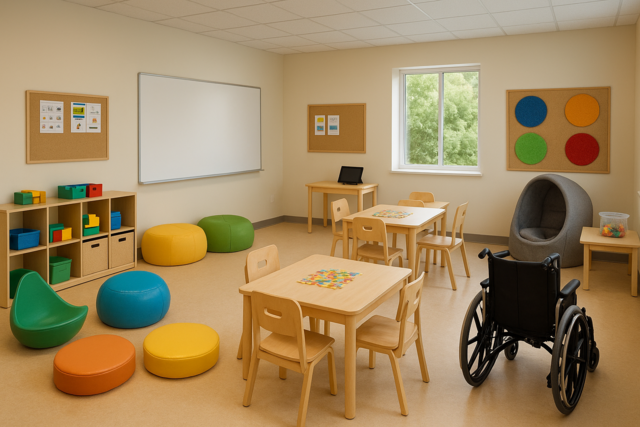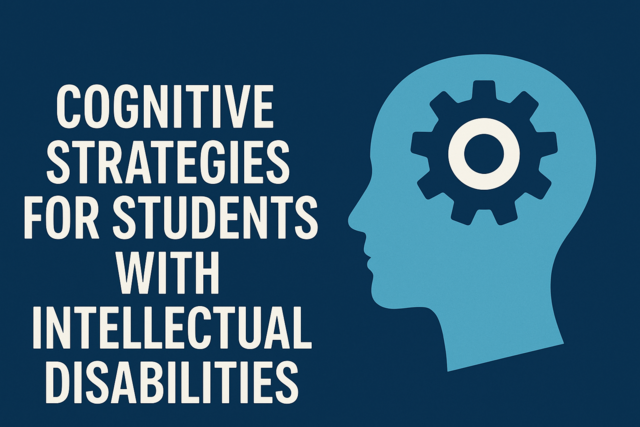Online Class: Understanding and Managing Dyslexia in the Classroom

-
15Lessons
-
22Exams &
Assignments -
4Hours
average time -
0.4CEUs
Course Description
Imagine stepping into a world where every child's potential is unlocked—a realm where the barriers that once held back bright dyslexic learners are transformed into stepping stones towards success and growth. Welcome to the "Understanding and Managing Dyslexia in the Classroom" course, where we embark on a transformative journey that transcends the boundaries of conventional education and redefines what it means to teach, learn, and inspire.
In the heart of every classroom lies an opportunity—not just to teach, but to profoundly change lives. This course doesn't just reveal the secrets of dyslexia; it illuminates paths for educational breakthroughs, empowering you to pave the way for students who think, learn, and experience the world in unique and exciting ways. You are not simply choosing to enroll in a course; you are taking the first step towards becoming a crusader for change, a beacon of hope, and a pioneer of inclusive education.
From the very first lesson, you'll dive into innovative strategies tailored to unlock the potential in dyslexic learners. Here, we reimagine education—switching from traditional methods to a dynamic, holistic approach that combines the latest neuroscience with practical, classroom-ready techniques. Imagine the excitement of armed with insights from advanced MRI studies that decode the intricacies of dyslexic brains, enabling you to tailor teaching strategies that stir the minds and hearts of every learner.
Picture the evolution of your classroom into an inclusive haven, where assistive technologies and multisensory learning transform the learning experience. Rather than viewing technology as a mere adjunct to education, you'll learn to wield it like an artist—creating learning environments that embrace text-to-speech tools, interactive games, and digital platforms that engage and elevate every student's learning journey. This isn't about adding new tools; it's about fundamentally shifting how learning is perceived, delivered, and received.
But beyond technology, there lies the greatest tool of all: empathy. Understanding the emotional journey of dyslexic learners becomes your superpower, turning classrooms into spaces of compassion. Every lesson, every technique shared in this course is infused with strategies that address frustration and anxiety, transforming adversity into opportunities for growth and resilience. By celebrating strengths and fostering emotional connections, you'll watch your classroom community thrive in an atmosphere of understanding and support.
You're not just learning how to teach; you're learning how to create a revolution in educational equity by actively engaging in the intricate dance between parents, teachers, and students. It's a comprehensive ecosystem, where cooperation and communication illuminate the path forward. Together, we build a collaborative support network that ensures that no learner is left behind, and every student feels valued, respected, and understood.
Enrolling in this course means embracing the power to change education itself. It's about taking a journey—one that doesn't end with theory but continues in practice and evolves with experience. The insights you'll gain here will not only shape the future of your students but will also transform you into an empathetic, responsive educator, ready to adapt and champion every student's needs.
Let this be the moment your teaching practice transforms from good to exceptional. The "Understanding and Managing Dyslexia in the Classroom" course is not merely an educational experience; it's a call to action—a call to lead with knowledge, heart, and innovation. As you walk this empowered path, you are not only enhancing your career but also igniting a spark within each learner that can change the world.
Join us and be the change you wish to see—reshape the landscape of learning, and become the educator who makes every classroom a canvas of possibilities. This isn't just about understanding dyslexia; it's about embracing it, nurturing it, and using it as a springboard for exceptional educational journeys. Welcome to the future of inclusive teaching. Are you ready to make a difference?
- Business
- Business Ethics Courses
- Harassment Prevention Courses
- Human Resources Certifications
- Management
- Aromatherapy Courses
- Caregiver Courses
- Career Development Courses
- Communications Courses
- Confidence and Self Esteem Courses
- Healing
- Human Anatomy Courses
- Medical Skills
- Health & Medicine
- Nutrition
- Marketing
- Microsoft Office Certification Courses
- Life Coaching Courses
- Self-Improvement
- Small Business Certifications
- Safety
- Writing Improvement
- Business Writing Courses
Course Lessons
Lesson 1. Empowering Dyslexic Learners through Innovative Approaches
 Review Practice Worksheet: Lesson-1-Activity-19675.pdf
Review Practice Worksheet: Lesson-1-Activity-19675.pdf Lesson discussions: Reasons for Taking this Course
Lesson discussions: Reasons for Taking this Course Assessment: Lesson 1 Review Exam
Assessment: Lesson 1 Review Exam
Lesson 2. Unlocking Dyslexia's Secrets
 Review Practice Worksheet: Lesson-2-StudyGuide-19677.pdf
Review Practice Worksheet: Lesson-2-StudyGuide-19677.pdf Assessment: Lesson 2 Review Exam
Assessment: Lesson 2 Review Exam
Lesson 3. Tracking Literacy and Language Benchmarks
 Review Practice Worksheet: Lesson-3-Downloadable-19679.pdf
Review Practice Worksheet: Lesson-3-Downloadable-19679.pdf Complete: Lesson 3 Activity
Complete: Lesson 3 Activity Assessment: Lesson 3 Review Exam
Assessment: Lesson 3 Review Exam
Lesson 4. Beyond Words: The Educational Journey of Students with Dyslexia
 Review Practice Worksheet: Lesson-4-WorkSheet-19681.pdf
Review Practice Worksheet: Lesson-4-WorkSheet-19681.pdf Assessment: Lesson 4 Review Exam
Assessment: Lesson 4 Review Exam
Lesson 5. Inclusive Education: Navigating the IEP Journey
 Review Practice Worksheet: Lesson-5-StudyGuide-19683.pdf
Review Practice Worksheet: Lesson-5-StudyGuide-19683.pdf Assessment: Lesson 5 Review Exam
Assessment: Lesson 5 Review Exam
Lesson 6. A Journey Through Dyslexic-Friendly Learning
 Review Practice Worksheet: Lesson-6-HomeWork-19685.pdf
Review Practice Worksheet: Lesson-6-HomeWork-19685.pdf Complete: Lesson 6 Activity
Complete: Lesson 6 Activity Assessment: Lesson 6 Review Exam
Assessment: Lesson 6 Review Exam
Lesson 7. Understanding Dyslexia in 2023
 Review Practice Worksheet: Lesson-7-HomeWork-19687.pdf
Review Practice Worksheet: Lesson-7-HomeWork-19687.pdf Complete: Lesson 7 Activity
Complete: Lesson 7 Activity Assessment: Lesson 7 Review Exam
Assessment: Lesson 7 Review Exam
Lesson 8. Empathy in Education: Addressing the Emotional Needs of Dyslexic Learners
 Review Practice Worksheet: Lesson-8-Activity-19689.pdf
Review Practice Worksheet: Lesson-8-Activity-19689.pdf Complete: Lesson 8 Activity
Complete: Lesson 8 Activity Assessment: Lesson 8 Review Exam
Assessment: Lesson 8 Review Exam
Lesson 9. Understanding and Embracing Diverse Learning Profiles: Dyslexia in the Classroom
 Review Practice Worksheet: Lesson-9-Downloadable-19691.pdf
Review Practice Worksheet: Lesson-9-Downloadable-19691.pdf Assessment: Lesson 9 Review Exam
Assessment: Lesson 9 Review Exam
Lesson 10. The Role of Parents in Nurturing Dyslexic Learners
 Review Practice Worksheet: Lesson-10-Downloadable-19693.pdf
Review Practice Worksheet: Lesson-10-Downloadable-19693.pdf Complete: Lesson 10 Activity
Complete: Lesson 10 Activity Assessment: Lesson 10 Review Exam
Assessment: Lesson 10 Review Exam
Lesson 11. Decoding Dyslexia
 Review Practice Worksheet: Lesson-11-Activity-19695.pdf
Review Practice Worksheet: Lesson-11-Activity-19695.pdf Complete: Lesson 11 Activity
Complete: Lesson 11 Activity Assessment: Lesson 11 Review Exam
Assessment: Lesson 11 Review Exam
Lesson 12. Comprehensive Dyslexia Support: A Multi-Sensory Learning Approach
 Review Practice Worksheet: Lesson-12-Activity-19697.pdf
Review Practice Worksheet: Lesson-12-Activity-19697.pdf Complete: Lesson 12 Activity
Complete: Lesson 12 Activity Assessment: Lesson 12 Review Exam
Assessment: Lesson 12 Review Exam
Lesson 13. Unraveling Dyslexia: Genetic Markers and Inclusive Strategies
 Review Practice Worksheet: Lesson-13-StudyGuide-19699.pdf
Review Practice Worksheet: Lesson-13-StudyGuide-19699.pdf Assessment: Lesson 13 Review Exam
Assessment: Lesson 13 Review Exam
Lesson 14. Dyslexia Decoded: Tailoring Education to Unique Student Needs
 Review Practice Worksheet: Lesson-14-WorkSheet-19702.pdf
Review Practice Worksheet: Lesson-14-WorkSheet-19702.pdf Assessment: Lesson 14 Review Exam
Assessment: Lesson 14 Review Exam
Lesson 15. Fostering Growth Mindsets in Diverse Learning Environments
 Review Practice Worksheet: Lesson-15-Activity-19704.pdf
Review Practice Worksheet: Lesson-15-Activity-19704.pdf Lesson discussions: End of Course Poll; Course Comments
Lesson discussions: End of Course Poll; Course Comments Assessment: Lesson 15 Review Exam
Assessment: Lesson 15 Review Exam
Learning Outcomes
- Define dyslexia by recognizing its phonological processing challenges, distinguishing it from vision-related misconceptions, and explaining its impact on reading fluency.
- Identify and describe effective intervention strategies for dyslexia, including phonics-based instruction, multisensory learning, and the use of assistive technologies such as audiobooks and text-to-speech software.
- Define the neurological basis of dyslexia and its impact on learning by analyzing brain activity patterns using advanced imaging techniques.
- Demonstrate an understanding of how multisensory educational strategies can enhance learning outcomes for students with dyslexia by engaging in practical classroom scenarios.
- Identify specific phonological difficulties associated with dyslexia and apply one intervention strategy to support affected learners.
- Recognize at least three early language development milestones and explain their significance in early dyslexia detection.
- Identify at least three early signs of dyslexia in a classroom setting and discuss appropriate intervention strategies to support students.
- Define the neurological origins of dyslexia and describe its impact on language processing and reading fluency.
- Describe the process of developing an Individualized Education Program (IEP) for students with dyslexia, including key components such as goal-setting and assistive technologies.
- Identify specific strategies and accommodations within an IEP that enhance reading, writing, and spelling skills for students with dyslexia, demonstrating measurable progress over time.
- Demonstrate the application of multisensory techniques, such as auditory, visual, and kinesthetic methods, in enhancing reading skills among dyslexic students.
- Recognize the importance of font choice and formatting in designing dyslexic-friendly reading materials to improve accessibility and comprehension.
- Demonstrate understanding of the unique challenges faced by dyslexic students in reading and spelling by identifying specific areas of difficulty in phonological processing.
- Demonstrate mastery of lesson content at levels of 70% or higher.
Additional Course Information

- Document Your Lifelong Learning Achievements
- Earn an Official Certificate Documenting Course Hours and CEUs
- Verify Your Certificate with a Unique Serial Number Online
- View and Share Your Certificate Online or Download/Print as PDF
- Display Your Certificate on Your Resume and Promote Your Achievements Using Social Media

Related Courses
-
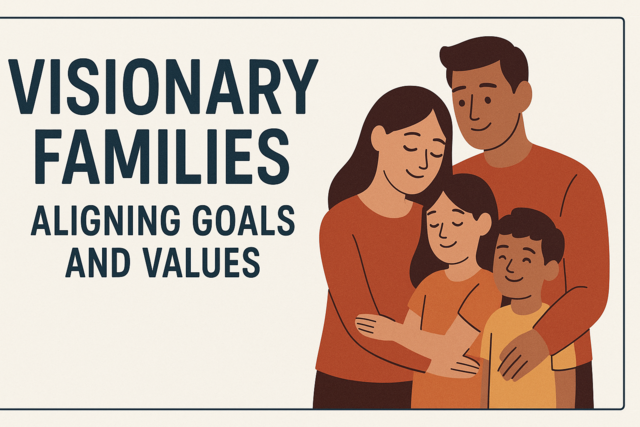 7 hours
0.7 CEUs
Visionary Families: Aligning Goals and Values
+ More Info
7 hours
0.7 CEUs
Visionary Families: Aligning Goals and Values
+ More Info
-
 5 hours
0.5 CEUs
Generational Patterns: How Narcissism Perpetuates Dysfunction
+ More Info
5 hours
0.5 CEUs
Generational Patterns: How Narcissism Perpetuates Dysfunction
+ More Info
-
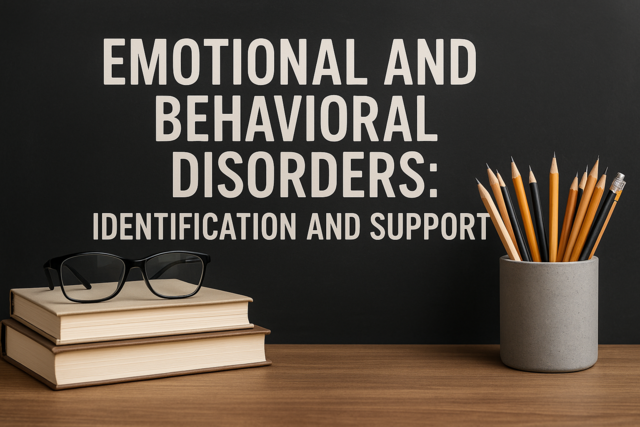 7 hours
0.7 CEUs
Emotional and Behavioral Disorders: Identification and Support
+ More Info
7 hours
0.7 CEUs
Emotional and Behavioral Disorders: Identification and Support
+ More Info
-
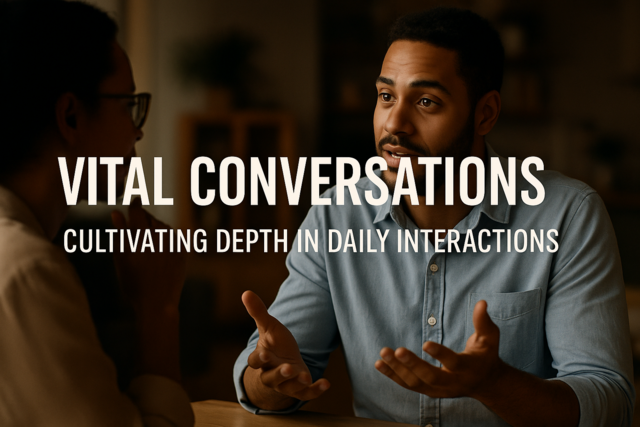 4 hours
0.4 CEUs
Vital Conversations: Cultivating Depth in Daily Interactions
+ More Info
4 hours
0.4 CEUs
Vital Conversations: Cultivating Depth in Daily Interactions
+ More Info
-
 6 hours
0.6 CEUs
The Art of Dressing: Mastering High-End Menswear
+ More Info
6 hours
0.6 CEUs
The Art of Dressing: Mastering High-End Menswear
+ More Info
-
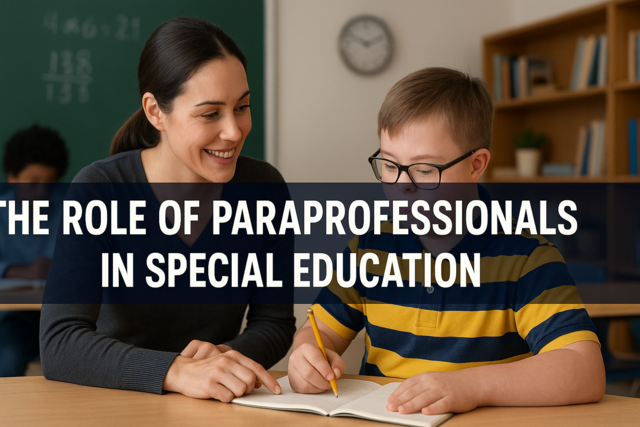 3 hours
0.3 CEUs
The Role of Paraprofessionals in Special Education
+ More Info
3 hours
0.3 CEUs
The Role of Paraprofessionals in Special Education
+ More Info
-
 6 hours
0.6 CEUs
Supporting Students with Special Needs
+ More Info
6 hours
0.6 CEUs
Supporting Students with Special Needs
+ More Info
-
 5 hours
0.5 CEUs
STEAM: Integrating the Arts with STEM
+ More Info
5 hours
0.5 CEUs
STEAM: Integrating the Arts with STEM
+ More Info
-
 7 hours
0.7 CEUs
Research Frontiers: Contemporary Studies in Trauma and Recovery
+ More Info
7 hours
0.7 CEUs
Research Frontiers: Contemporary Studies in Trauma and Recovery
+ More Info
-
 3 hours
0.3 CEUs
Luxury Layering: The Art of Dressing with Opulence
+ More Info
3 hours
0.3 CEUs
Luxury Layering: The Art of Dressing with Opulence
+ More Info
-
 7 hours
0.7 CEUs
Cultural Perspectives on Trauma: Understanding Global Variations
+ More Info
7 hours
0.7 CEUs
Cultural Perspectives on Trauma: Understanding Global Variations
+ More Info
-
 3 hours
0.3 CEUs
Effective Teaching Strategies for Diverse Classrooms
+ More Info
3 hours
0.3 CEUs
Effective Teaching Strategies for Diverse Classrooms
+ More Info
-
 5 hours
0.5 CEUs
Understanding and Reducing Bias
+ More Info
5 hours
0.5 CEUs
Understanding and Reducing Bias
+ More Info
-
 3 hours
0.3 CEUs
Empowering Students through Self-Assessment
+ More Info
3 hours
0.3 CEUs
Empowering Students through Self-Assessment
+ More Info
-
 4 hours
0.4 CEUs
Developing Critical Thinking for Office Success
+ More Info
4 hours
0.4 CEUs
Developing Critical Thinking for Office Success
+ More Info
-
 4 hours
0.4 CEUs
Developing Individualized Education Programs (IEPs): Best Practices
+ More Info
4 hours
0.4 CEUs
Developing Individualized Education Programs (IEPs): Best Practices
+ More Info
-
 4 hours
0.4 CEUs
Strategies for Teaching English Language Learners
+ More Info
4 hours
0.4 CEUs
Strategies for Teaching English Language Learners
+ More Info
-
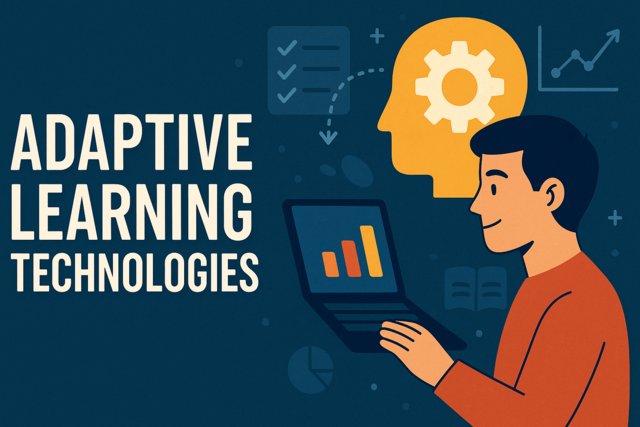 6 hours
0.6 CEUs
Adaptive Learning Technologies
+ More Info
6 hours
0.6 CEUs
Adaptive Learning Technologies
+ More Info
-
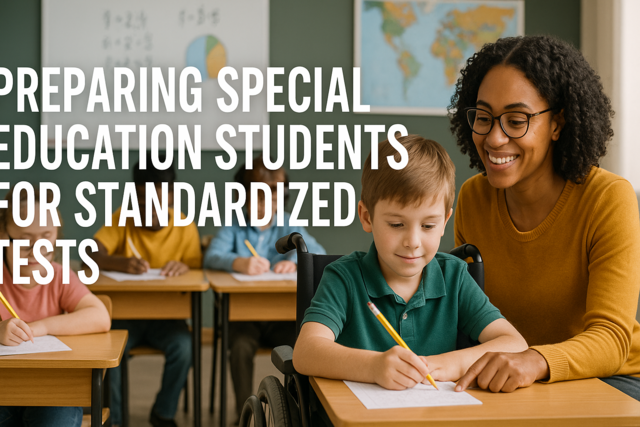 3 hours
0.3 CEUs
Preparing Special Education Students for Standardized Tests
+ More Info
3 hours
0.3 CEUs
Preparing Special Education Students for Standardized Tests
+ More Info
-
 7 hours
0.7 CEUs
Emotional Intelligence: Enhancing Workplace Relationships
+ More Info
7 hours
0.7 CEUs
Emotional Intelligence: Enhancing Workplace Relationships
+ More Info
-
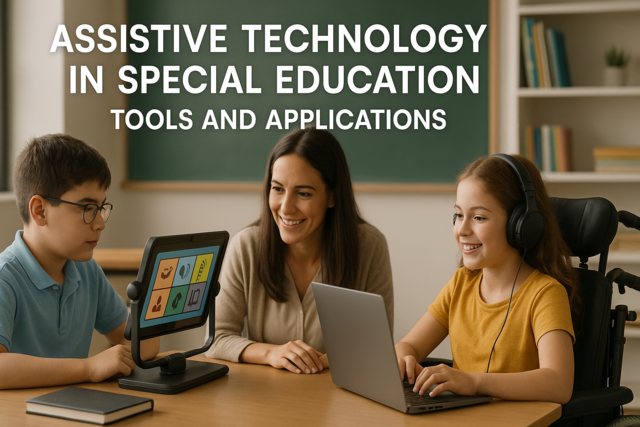 6 hours
0.6 CEUs
Assistive Technology in Special Education: Tools and Applications
+ More Info
6 hours
0.6 CEUs
Assistive Technology in Special Education: Tools and Applications
+ More Info
-
 7 hours
0.7 CEUs
The Art of Manifesting Your Dreams
+ More Info
7 hours
0.7 CEUs
The Art of Manifesting Your Dreams
+ More Info
-
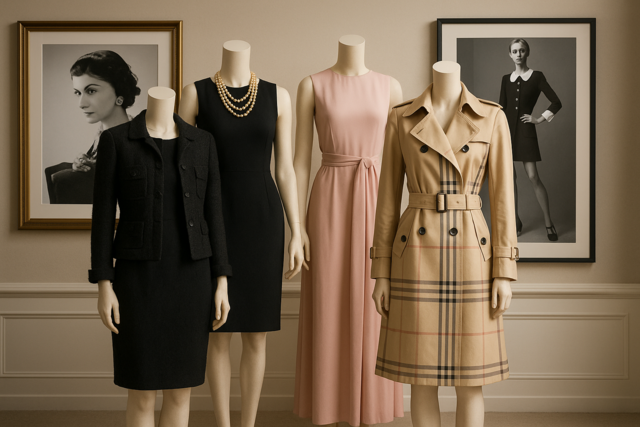 6 hours
0.6 CEUs
Iconic Influence: Women's Wear in the Age of Luxury
+ More Info
6 hours
0.6 CEUs
Iconic Influence: Women's Wear in the Age of Luxury
+ More Info
-
 3 hours
0.3 CEUs
Unseen Forces: Investigating Poltergeists and Apparitions
+ More Info
3 hours
0.3 CEUs
Unseen Forces: Investigating Poltergeists and Apparitions
+ More Info
-
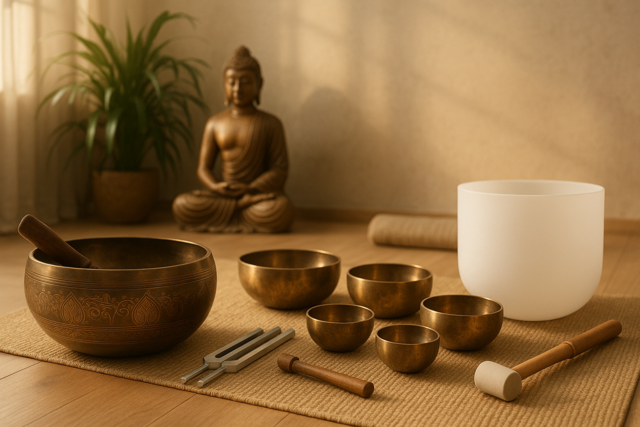 3 hours
0.3 CEUs
Sound Therapy and Vibrational Healing
+ More Info
3 hours
0.3 CEUs
Sound Therapy and Vibrational Healing
+ More Info
-
 7 hours
0.7 CEUs
Fostering Peer Relationships in Inclusive Classrooms
+ More Info
7 hours
0.7 CEUs
Fostering Peer Relationships in Inclusive Classrooms
+ More Info
-
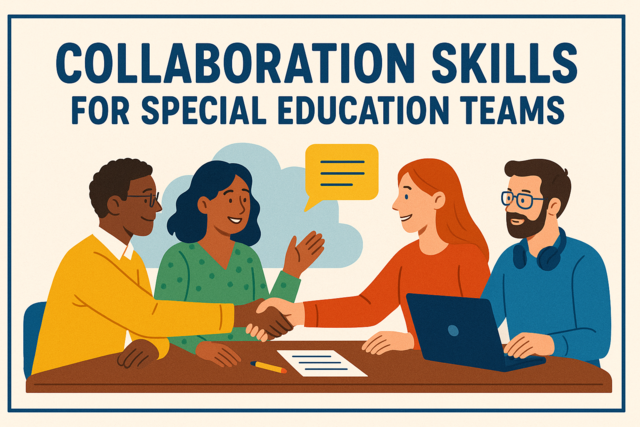 4 hours
0.4 CEUs
Collaboration Skills for Special Education Teams
+ More Info
4 hours
0.4 CEUs
Collaboration Skills for Special Education Teams
+ More Info
-
 4 hours
0.4 CEUs
Time Management Mastery
+ More Info
4 hours
0.4 CEUs
Time Management Mastery
+ More Info
-
 6 hours
0.6 CEUs
Data-Driven Decision Making in Special Education
+ More Info
6 hours
0.6 CEUs
Data-Driven Decision Making in Special Education
+ More Info
-
 4 hours
0.4 CEUs
Unlocking Resilience: Techniques for Tough Times
+ More Info
4 hours
0.4 CEUs
Unlocking Resilience: Techniques for Tough Times
+ More Info
-
 5 hours
0.5 CEUs
Childhood Trauma: Long-term Effects and Interventions
+ More Info
5 hours
0.5 CEUs
Childhood Trauma: Long-term Effects and Interventions
+ More Info
-
 6 hours
0.6 CEUs
Building Effective Parent-Teacher Partnerships
+ More Info
6 hours
0.6 CEUs
Building Effective Parent-Teacher Partnerships
+ More Info
-
 5 hours
0.5 CEUs
Mindfulness Techniques for Educators
+ More Info
5 hours
0.5 CEUs
Mindfulness Techniques for Educators
+ More Info
-
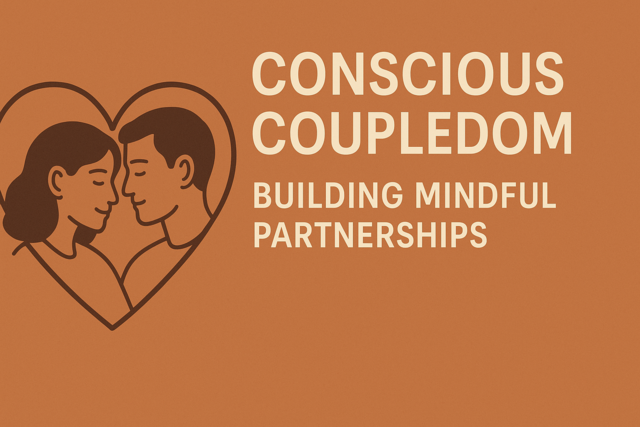 6 hours
0.6 CEUs
Conscious Coupledom: Building Mindful Partnerships
+ More Info
6 hours
0.6 CEUs
Conscious Coupledom: Building Mindful Partnerships
+ More Info
-
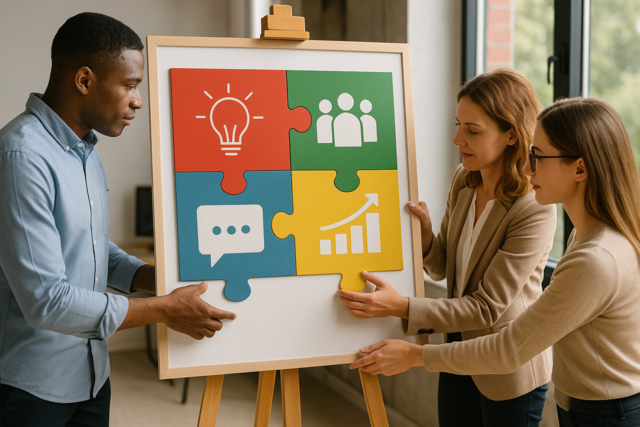 7 hours
0.7 CEUs
Building a Healthy Work Environment
+ More Info
7 hours
0.7 CEUs
Building a Healthy Work Environment
+ More Info
-
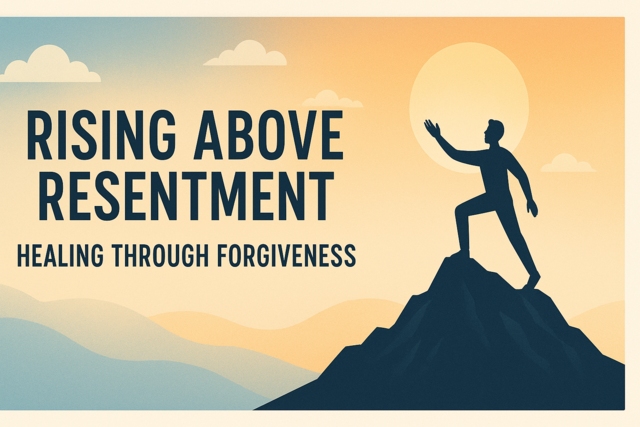 4 hours
0.4 CEUs
Rising Above Resentment: Healing Through Forgiveness
+ More Info
4 hours
0.4 CEUs
Rising Above Resentment: Healing Through Forgiveness
+ More Info
-
 7 hours
0.7 CEUs
Strategies for Closing the Achievement Gap
+ More Info
7 hours
0.7 CEUs
Strategies for Closing the Achievement Gap
+ More Info
-
 7 hours
0.7 CEUs
Networking and Relationship Building
+ More Info
7 hours
0.7 CEUs
Networking and Relationship Building
+ More Info
-
 4 hours
0.4 CEUs
Implementing Universal Design for Learning (UDL)
+ More Info
4 hours
0.4 CEUs
Implementing Universal Design for Learning (UDL)
+ More Info



